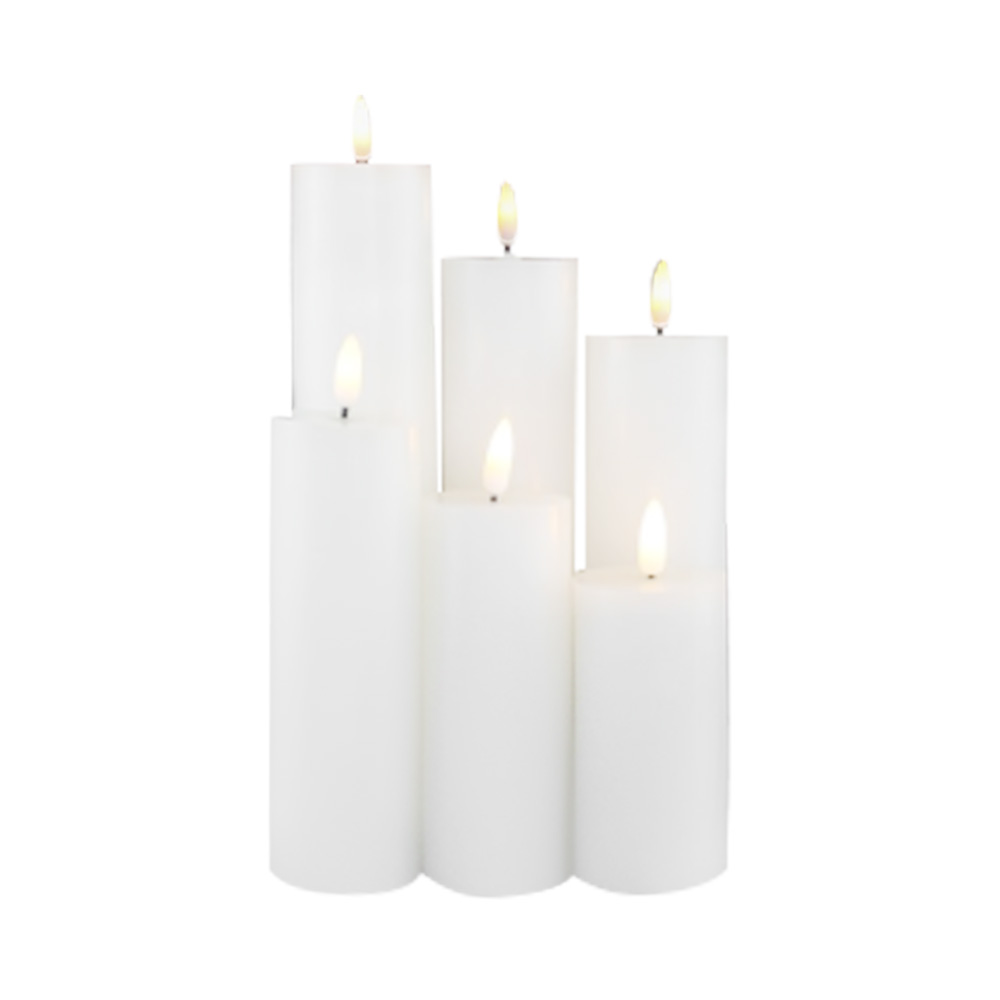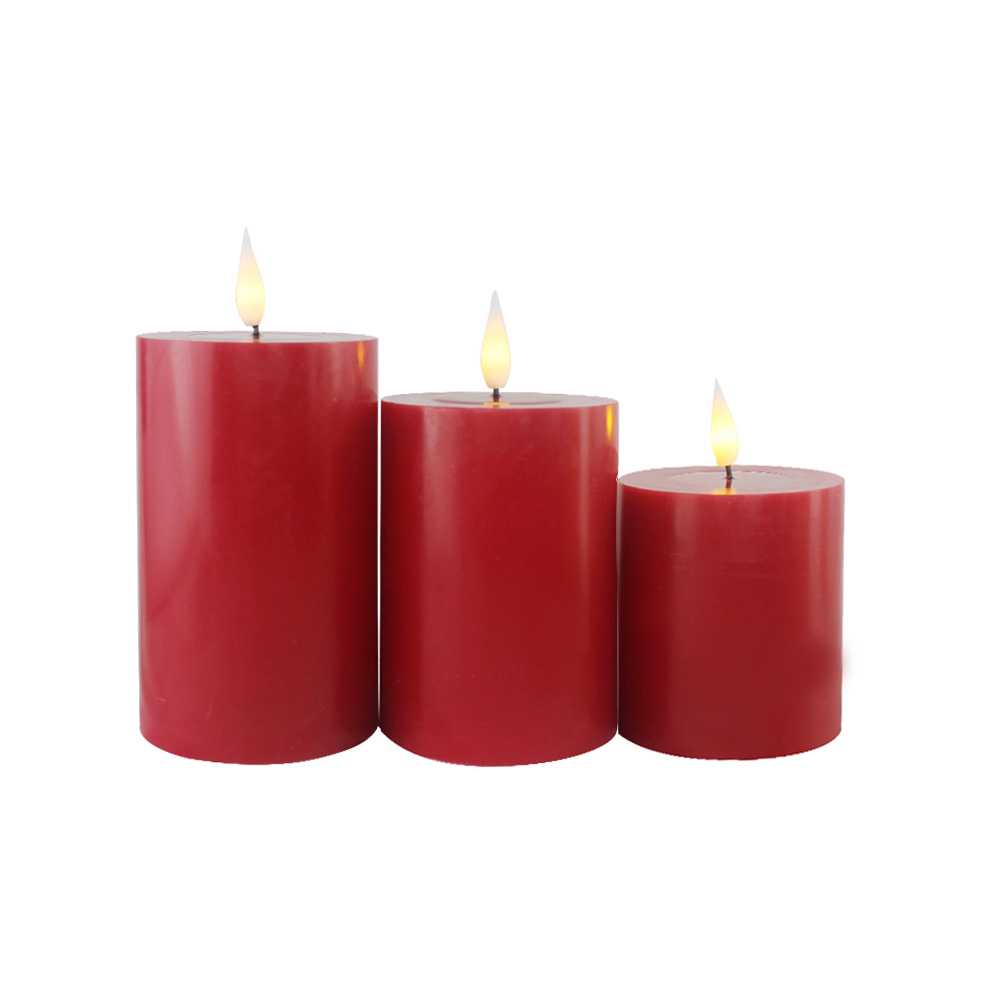Is the structure of the LED glass lamp shockproof and dropproof?
Introduction to LED Glass Lamp Design
LED glass lamps are widely used for residential, commercial, and industrial lighting due to their energy efficiency, long lifespan, and modern aesthetic. A critical aspect of their design is ensuring structural durability to withstand accidental shocks, vibrations, or drops. The shockproof and dropproof features of an LED glass lamp are influenced by the materials used, internal structural supports, and manufacturing techniques. Understanding these design elements is important for users and manufacturers to ensure safety and reliability in everyday use.
Materials and Construction for Shock Resistance
The choice of materials plays a key role in making LED glass lamps resistant to impact. Tempered glass is commonly used for the outer shell due to its higher strength and ability to break into small, less dangerous fragments in case of breakage. Additionally, the lamp housing often incorporates polycarbonate or other high-strength plastics that absorb shock and reduce stress on the glass components. Internal supports, such as metal frames or silicone mounts, further stabilize the LED modules and prevent internal damage from sudden impacts.
Design Features Enhancing Dropproof Performance
To ensure dropproof capabilities, LED glass lamps are designed with multiple layers of protection. Rubberized or silicone gaskets are often used around glass components to cushion the impact during falls. The lamp base is typically reinforced to prevent breakage if the lamp tips over. Moreover, LED modules themselves are mounted on flexible or vibration-absorbing supports, reducing the likelihood of damage to electrical components. These combined features contribute to the lamp's ability to withstand accidental drops without loss of functionality.
Key Shockproof and Dropproof Design Elements
| Design Element | Function | Benefit |
|---|---|---|
| Tempered Glass | Increases impact resistance of the outer shell | Reduces risk of dangerous breakage |
| Polycarbonate Housing | Absorbs shock and protects internal components | Enhances durability during impacts |
| Internal Metal Frame | Supports LED modules | Prevents internal displacement or damage |
| Silicone or Rubber Gaskets | Cushions glass and internal parts | Reduces damage from drops and vibration |
| Flexible Mounts for LEDs | Absorbs shocks on the LED modules | Maintains functionality after impacts |
Testing and Standards for Shock Resistance
Manufacturers typically conduct rigorous testing to ensure LED glass lamps meet safety and durability standards. These tests may include drop tests from various heights, vibration tests, and impact simulations. Compliance with international standards, such as IEC 60598 for luminaires, ensures that lamps can withstand routine handling, transportation, and accidental drops without compromising performance. The testing process helps identify weak points in the design and guides improvements in structural integrity.
Impact of Lamp Design on Longevity
A shockproof and dropproof structure directly influences the lifespan of LED glass lamps. By reducing the likelihood of damage from falls or impacts, the lamps maintain their functional and aesthetic qualities for a longer period. Structural reinforcement also protects delicate components such as the LED driver, wiring, and optical elements. As a result, well-designed lamps provide consistent lighting output, reduce maintenance costs, and enhance user satisfaction over time.
Comparison of Structural Features and Longevity
| Feature | Effect on Durability | Impact on Lifespan |
|---|---|---|
| Tempered Glass | Resists breakage under impact | Reduces need for replacements |
| Shock-Absorbing Housing | Protects internal components | Maintains consistent lighting performance |
| Reinforced Base | Prevents tipping damage | Enhances operational reliability |
| Flexible LED Mounts | Minimizes damage from vibrations | Extends functional life of LEDs |
Practical Considerations for Users
Even with shockproof and dropproof design, careful handling is important for LED glass lamps. Users should avoid intentional impacts, handle lamps with clean hands, and install them securely in fixtures. For environments with higher risk of accidental bumps or drops, lamps with reinforced housings and additional protective features, such as cage covers or protective diffusers, can further enhance safety. Proper usage complements the inherent design and ensures maximum performance.
Innovations in Shockproof LED Lamp Design
Recent developments in LED glass lamp design focus on advanced materials and modular construction. For instance, composite glass-plastic materials combine the clarity of glass with the resilience of polymers, offering both aesthetic and functional benefits. Internal modular LED assemblies can be independently mounted, allowing for easier repair or replacement without compromising the overall lamp integrity. Such innovations continue to improve shockproof and dropproof performance, making LED lamps suitable for diverse applications, including industrial and high-traffic areas.
Advanced Design Features for Shock Resistance
| Feature | Function | Application Benefit |
|---|---|---|
| Composite Glass-Polymer Panels | Improves breakage resistance | Maintains lamp clarity and durability |
| Modular LED Assemblies | Allows independent component replacement | Reduces downtime and maintenance costs |
| Protective Diffusers | Cushions impact on glass surface | Enhances safety in high-risk environments |
| Shock-Absorbing Mounts | Minimizes vibrations | Maintains consistent light output |
Conclusion on LED Glass Lamp Durability
The shockproof and dropproof design of LED glass lamps involves the use of tempered or composite glass, reinforced housings, internal supports, and flexible LED mounts. These design features, along with thorough testing and adherence to standards, help ensure structural durability, reduce the risk of breakage, and extend operational life. When combined with careful installation and handling, these lamps provide reliable and safe lighting solutions for a variety of settings.

Ningbo Weizhi Electronics Co., Ltd.
- We will be pleased to provide products with high quality, reasonable price, punctual delivery and best service for you!
GET A QUOTE
5th Floor, Building 2, No. 2477 Cihai North Road, Xiepu Town, Zhenhai District, Ningbo City, Zhejiang Province, China
-
 +86-18067520996
+86-18067520996
-
 +86-574-86561907
+86-574-86561907
-
 +86-574-86561907
+86-574-86561907
-
 [email protected]
[email protected]
- +8618067520996
- +86 18074202116
Copyright 2024 Ningbo Weizhi Electronics Co., Ltd. All Rights Reserved.




 English
English Deutsch
Deutsch







